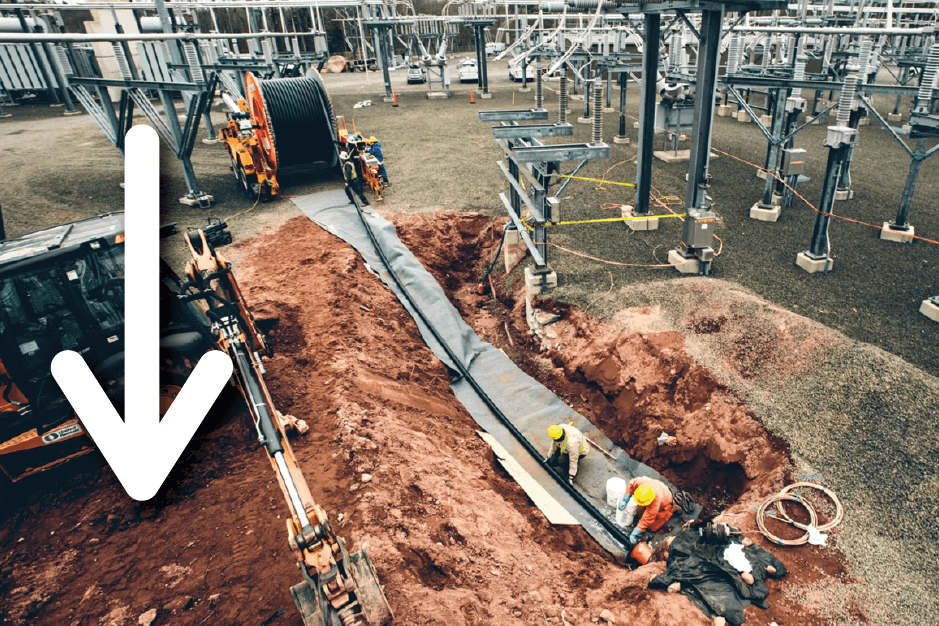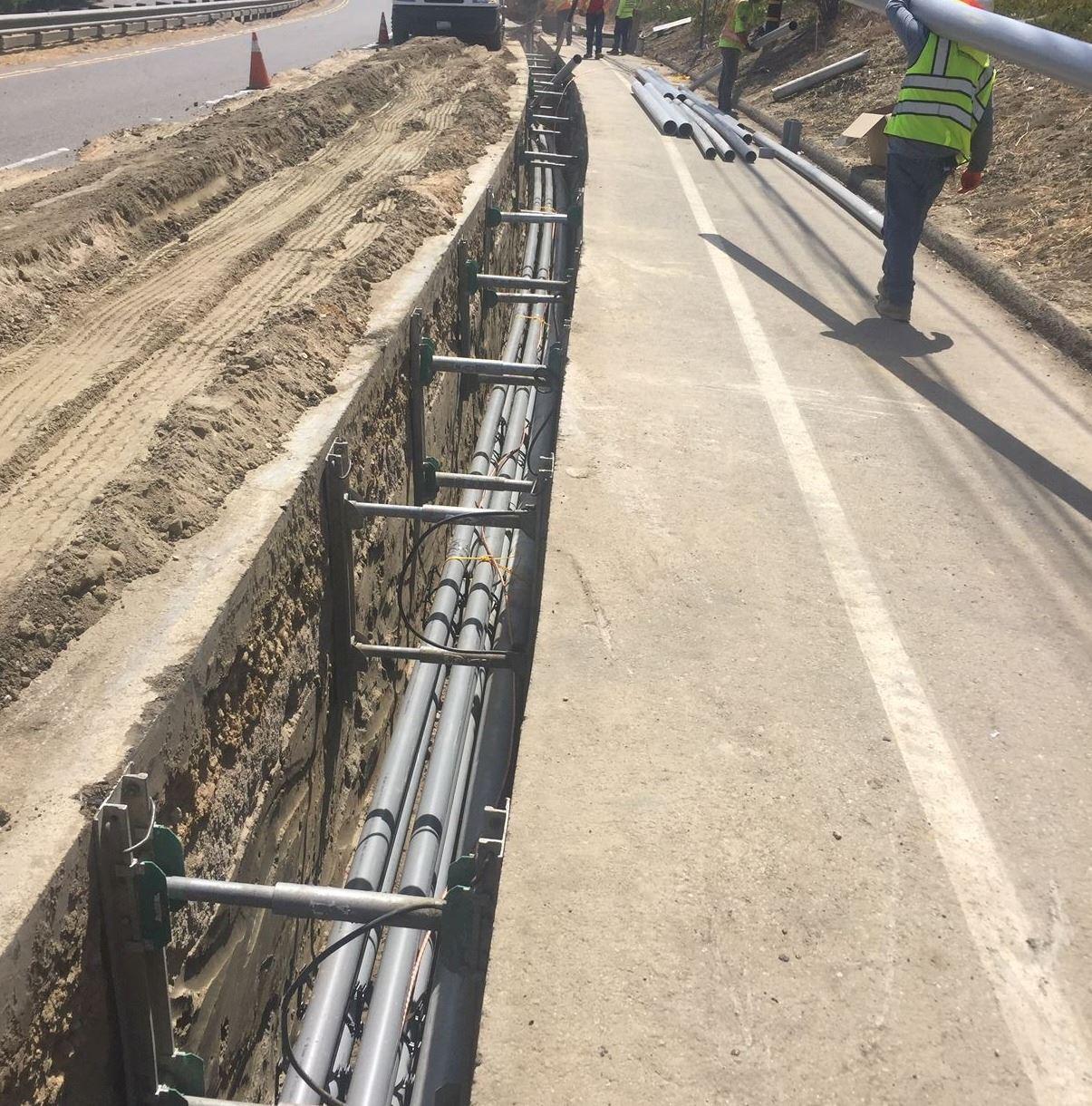
We've all seen the horrific damage that hurricanes and tornados can do to power infrastructure above ground. The images from Hurricane Ian from earlier this year was particularly memorable. It caused over $20 billion worth of damage and took out much of the power grid in southern states like Florida.
There's been an increase in awareness of the advantages of protecting our power grid from these storms by placing much of the infrastructure underground. NPR ran a story in the wake of Hurricane Irene which asked the question, "Would Burying Power Lines Reduce Power Outages?", they noted that there are a lot of hurdles in the way of undergrounding utility, namely cost and the struggle of getting all stakeholders on board. Ted Kury, Director of Energy Studies at the University of Florida's Public Utility Research Center estimates that to put undergrounding utility lines in Florida costs around a million dollars per mile. That is about 10 times more expensive compared to above ground, but there could be a payoff if it protects from damage which occurs during weather events like hurricanes and tropical storms.
Movement within the industry
It's interesting then, that Mike Beehler from T&D World announced last week that he thinks "we need to achieve 50% underground by 2040." He notes that right now the, "electric distribution system in America today is approximately 20% underground." According to Electrocuted, "Storms – both summer and winter – as well as falling trees and limbs account for 40% of all power outages across the U.S." and this is reflected by FPL who have committed to spending $1 Billion / year converting overhead laterals to underground. According to their website, "When Hurricane Irma struck in 2017, our hardening efforts helped significantly reduce damage to the grid and speed restoration for our customers. Still, we saw that the No. 1 cause of outages during Irma was debris blowing into and trees falling onto our power lines.”

The City of Anaheim has an Underground Conversion Program which was created in the 1990s to, "improve reliability of the electric system and... enhances the overall visibility along the City’s major roadways by removing overhead power, phone and cable TV lines".
WEC Energy has undergrounded 2000 miles of lines in the last eight years. According to Paul Gogan, director of electric distribution asset management for WEC Energy Group, “The underground projects have been a game-changer for WEC Energy Group... The projects have resulted in more than a 97% reduction in electric outage minutes in those areas where overhead lines have been replaced with underground circuits.”
This skepticism is shared by Kury who states that, "In terms of reliability, it is not correct to say that burying power lines protects them from storm damage. It simply shifts the risk of damage from one type of storm effect to another." This is because flooding which often follows a tropical storm can result in damage to underground utilities. The arguments for not having underground power lines boil down to the increased cost and the potential for moving a a risk of damage rather than reducing.
CONCLUSION
Undergrounding utilities isn't an easy challenge. It's a high capital expense and might just be relocating a risk of damage rather than removing it. However a number of leading utilities have committed to putting their powerlines underground and there must be a good reason for this, especially with the high capital cost! The expected uptime increase (shown in the data by WEC) is a good reason to start putting utility lines below the surface, and of course when you look at case studies like Anaheim, where their streetscape has been significantly improved there's an aesthetic reason for it to. But undergrounding isn't just an opportunity to improve beautification in neighborhoods and reduce damages, it's also a huge opportunity for the future of our power grid. Mike argues that, "the nation will need a state-of-the art electric T&D grid to support the ambitious clean resource goals of the future." And as we build for the future, undergrounding utilities is going to be a major part of the solution towards cleaning up our environment and reducing power outages!
As we march to putting more and more of our critical infrastructure underground the need for mapping will become more important and programs like Utilocate and UExcavate will prove their worth for utility owners and contractors trying to manage locate requests. Having a coordination tool like UExcavate would help keep track of locates for big jobs and make it easier to keep check of jobs which may even cross state lines.
Share this Post











